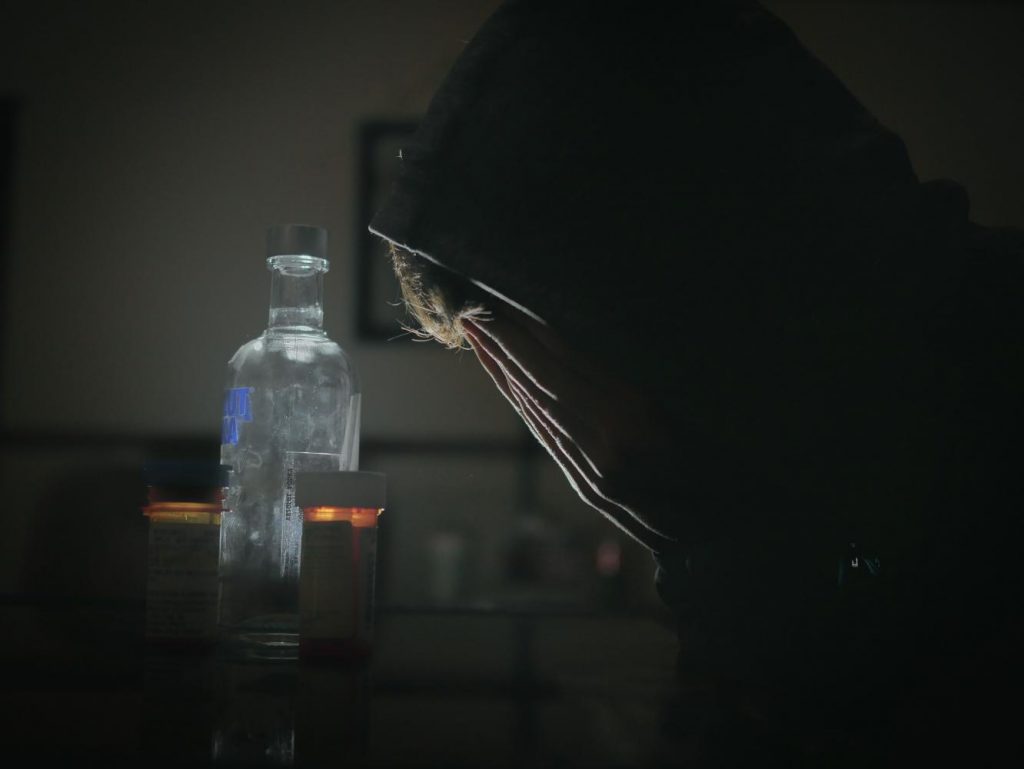Marijuana. Xanax. Alcohol. If you’re a high school student, you probably cannot count on your fingers how many people you know who self-medicate using these substances.
There’s a growing self medication problem among high school students across the nation, and Chanute High School students are not immune to the issue.
It is not a secret that high school is a stressful time. Because of the stresses of adolescence and the idea of life after high school, more and more teenagers each year are turning to illicit and prescription substances to self-medicate.
According to studies by the National Institutes of Health, as of 2015, more than 35 percent of high school seniors reported having used Marijuana at least once, compared to just 21 percent in 1991. Other illicit drugs, such as Xanax and Adderall, have been reported to have been used by 12 percent of high school seniors.
These numbers clearly don’t show a majority of students, but some students still believe that there is a problem.
“I think there is a problem, but there are so many people caught up in it, they can’t recognize the problem because they’re part of it,” senior Hanah Clark said.
While most students think there is a huge problem, administrators like Athletic/Activities Director Eric Flaton tend to disagree.
“I think that social media websites like Snapchat and Instagram make it seem like there is a bigger problem than there really is,” Flaton said.
Senior Emily Larkin agrees.
“There might be a problem, but I don’t think it’s as bad as it was a few years ago,” Larkin said.
One clear indicator of abuse lies in underage drinking. Roughly 65 percent of high schoolers have drank alcohol in the last year. More than 90 percent of this drinking was binge drinking. Binge drinking is when someone consumes five or more drinks in less than two hours.
Teenagers drink less than of-age adults, but drink more at once.
To combat teen drug and alcohol use, 14 percent of high schools across the nation, including CHS, have implemented substance abuse policies, which include randomized drug tests.
A majority of these tests normally cover only the athletes and students in other activities. Here at CHS, over 99 percent of students are subject to random drug tests.
In 2002, The US Supreme Court gave public schools the right to drug test all middle-school and high-school students participating in competitive extracurricular activities, as well as awarding schools over $7.5 million a year to start these programs. Schools who subject the entire student body to random tests, like CHS, are outside the court’s recommendations.
“[The testing] helps those who are tempted, but don’t know what to do. It can act as a deterrent,” Flaton said.
Additionally, the CHS Substance Abuse policy also includes breathalyzing at dances.
“It helps the administration protect students in environments like dances. It helps keep the majority of students much safer,” Flaton said.


